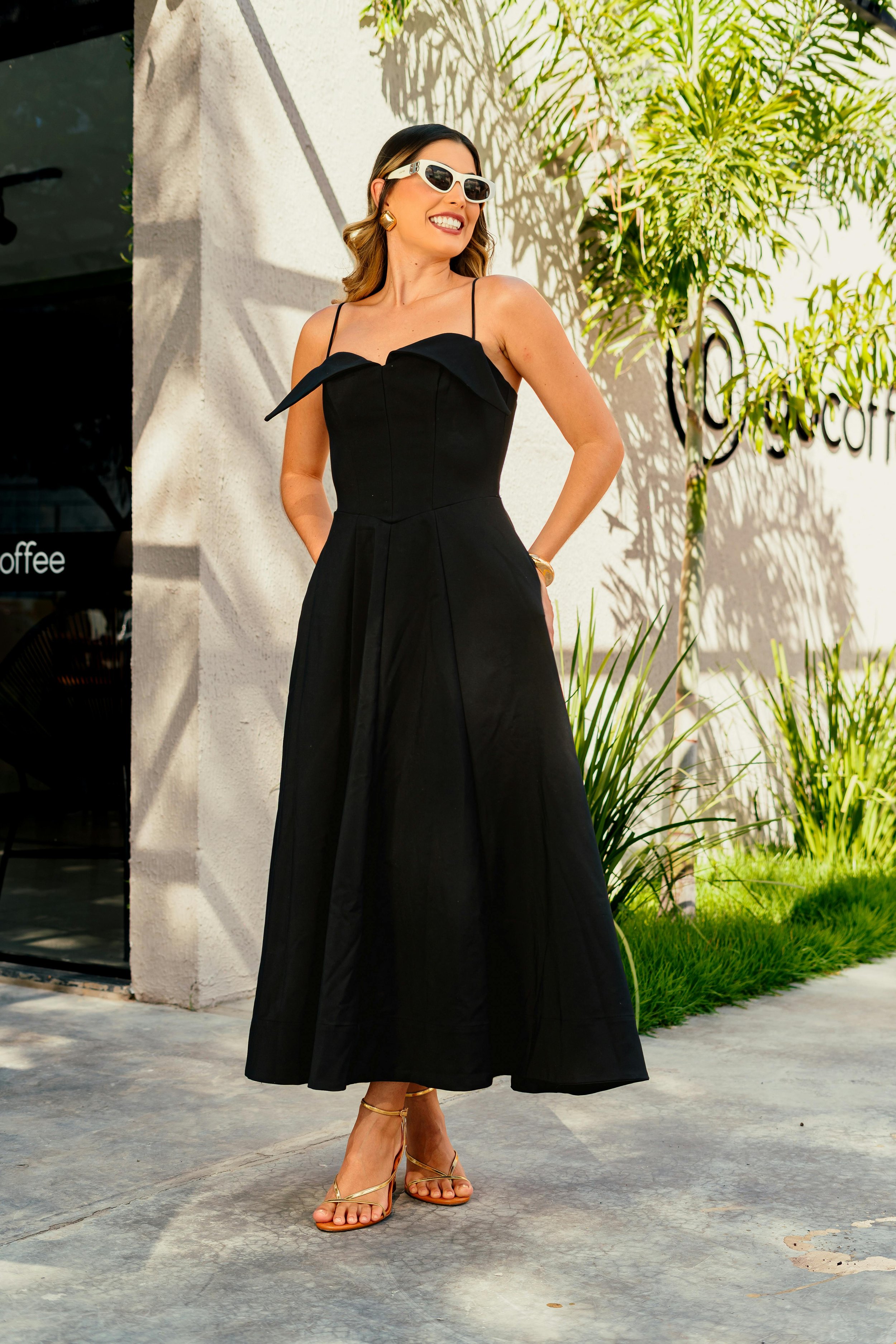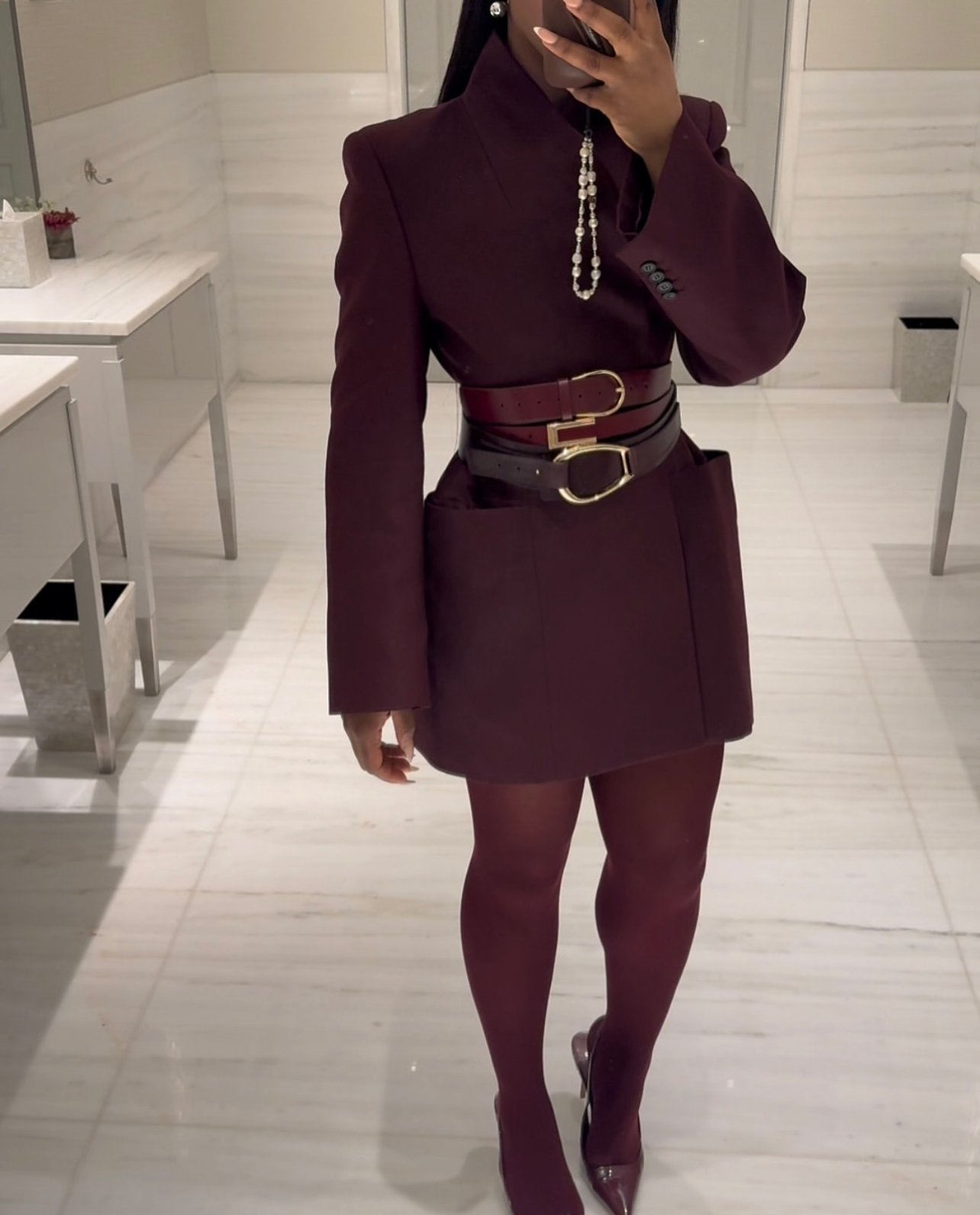Struggling With Cleaning Out Your Closet? Here’s How To Get It Done In 1 Weekend
Decluttering and organizing your closet isn't just about creating more space or tidying up; it's a fundamental step towards aligning your wardrobe with your personal style. It's about curating a collection of clothing that not only looks great but feels authentically you. Think of it as crafting a visual story of who you are and how you present yourself to the world.
A cluttered closet often leads to a cluttered mind, making it challenging to decide what to wear each day. It can be a mix of outdated styles, ill-fitting items, or pieces that no longer resonate with your current lifestyle. This is where the importance of decluttering comes into play. It's not just about discarding what you don’t need; it's about rediscovering and reconnecting with your personal style.
First Thing First Analyze Your Lifestyle And Set Style Goals
Photo By:Liza-Summer
Before diving into the physical task of cleaning out your closet, taking time to analyze your current wardrobe and set clear style goals is crucial. This preparation is not just about tidying up; it's a fundamental step towards aligning your wardrobe with your evolving personal style and lifestyle. Think of it as laying the groundwork for a wardrobe that not only looks great but also feels authentically you.
Analyzing Your Current Wardrobe
Reflect on Your Lifestyle and Needs: Consider how your daily activities, work requirements, and social engagements influence your clothing needs. Does your wardrobe reflect the real estate of your current lifestyle, or is it stuck in a past version of yourself?
Assess Each Item: Go through every piece of clothing, and ask yourself:
Is this in good condition, or does it need repairs or cleaning?
Does this item fit my current style and body?
Have I worn this in the last year, and if not, why?
This step helps you identify what truly belongs in your closet and what doesn’t, making the upcoming cleanout process more focused and effective.
Document Your Findings: Create a simple inventory or use a mobile app to keep track of what you own. This will help you visualize your wardrobe and plan better. We recommend using the Wardrobe Whisperer Wardrobe Management system to help with this task.
Setting Clear Style Goals
Define Your Personal Style: Determine how you want to present yourself to the world. Are you aiming for a look that says 'professional and polished' or 'creative and relaxed'? Your wardrobe should be a visual story of who you are.
Create a Vision Board: Use a Pinterest board to collect images that reflect your ideal style. This can be outfits you admire, fashion personalities, colors, and even specific clothing items.
Establish Practical Objectives: Based on your lifestyle and the gaps identified in your wardrobe audit, set specific, measurable goals. For example, if you've noted a lack of professional attire, one goal could be to acquire three new pieces for work.
Planning for Emotional and Practical Roadblocks
Address Sentimental Attachments: Identify items you're keeping for sentimental reasons and decide how they fit into your wardrobe or if they should be stored differently.
Manage ‘Just in Case’ Scenarios: For items kept just in case, define clear criteria for what stays and what goes. Set a 'use it or lose it' deadline to help make final decisions.
Prepare for Donation and Disposal: Research local charities like the Salvation Army, consignment shops, and for-profit organizations where you can donate unwanted items. Have bags or boxes ready for different categories: donate, sell, recycle.
Practical Steps to Declutter Your Closet
After preparing your mindset and setting clear goals, it's time to dive into the actual decluttering process. This hands-on phase involves meticulous evaluation and strategic categorization to ensure your closet aligns with your personal style and lifestyle requirements. Here’s how to effectively clean out and organize your space:
Audit Your Current Wardrobe
Evaluate Each Item: Start by assessing each piece of clothing in your wardrobe. Consider its fit, condition, and how often you've worn it over the past year. An item that hasn’t been worn because it doesn’t fit well or is in poor condition might need to be repaired or let go.
Check for Fit and Comfort: Make sure every item in your closet is something you feel comfortable and confident wearing. If something pinches, bunches, or has become too tight or too loose, it's probably time to part ways.
Assess Condition: Look for signs of wear and tear. Items with irreparable damage, stubborn stains, or that have faded significantly should be discarded responsibly or repurposed as cleaning rags.
Photo By: sam-lion
Categorization Strategy
Create Categories: Organize your clothes into distinct piles: keep, store, donate, and discard. This simplifies decision-making and helps maintain focus during the cleanout process.
Use a 'Purgatory Pile': For items you're unsure about, create a 'purgatory pile.' Revisit these items after you’ve sorted everything else, giving yourself some time to decide without pressure.
Seasonal Storage: For seasonal items that aren’t currently in use but are still in good condition and fit well, consider storing them away to free up space and reduce closet clutter.
Related Reading: Why 'Cost Per Wear' Is the Shopping Mantra Every Fashion Lover Needs Right Now
Dealing with Duplicates
Identify Essential Duplicates: While duplicates can be unnecessary, they make sense for items you wear regularly. For example, if you wear black turtlenecks frequently, having several may be practical. However, aim to limit these to ensure you're not holding onto more than you realistically use.
Limit Numbers Based on Use: Establish a limit based on how often you do laundry and your lifestyle needs. For instance, if you go to the gym regularly, having multiple workout outfits makes sense.
Quality Over Quantity: When deciding which duplicates to keep, choose the items that are in the best condition and that you enjoy wearing most. This ensures your wardrobe is filled with items you love and use, rather than just taking up space. You can use a cost per wear tracker to help you with this.
Deep Cleaning and Organizing Your Closet
Photo By:Liza-Summer
Once you've decluttered your closet, the next step is to deep clean and reorganize the space. This not only freshens up your closet but also ensures that it remains a functional and pleasant part of your daily routine. Here’s how to effectively clean and organize your closet:
Cleaning the Space
Empty Your Closet Completely: Remove all items remaining in your closet to ensure no spots are missed during cleaning.
Dust and Wipe Down: Start by dusting all shelves, rods, and walls. Use a microfiber cloth to capture dust effectively. If you have shelving, don't forget to wipe them down with a suitable cleaner to remove any dirt or residue.
Vacuum or Sweep the Floor: Thoroughly clean the floor of your closet by vacuuming or sweeping. Pay extra attention to corners and edges where dust and debris tend to accumulate.
Address Specific Areas: If you have built-in drawers or storage bins within your closet, take the opportunity to clean these as well. Remove all contents, wipe down the interiors with a damp cloth, and allow to air dry before replacing your items.
Consider a Fresh Coat of Paint: If your closet walls look a bit tired, consider applying a fresh coat of paint to brighten the space and make it feel new.
Reorganizing
Plan Your Layout: Before putting anything back into the closet, plan your layout. Decide where each category of clothing will go. Consider what items you use most frequently and place them at the most accessible part of your closet.
Organize by Category: Group similar items together to make them easy to find. For example, keep all your shirts together, all your pants together, and so forth.
Sub-Categorize: Within each category, organize further by color, season, or occasion. For instance, you might want to organize shirts by sleeve length or color. This not only makes finding things easier but also helps in putting outfits together.
Use Organizational Tools: Invest in drawer organizers, shelf dividers, and quality hangers (like velvet hangers) that can help maintain order and prevent clothes from slipping. Utilizing vertical space with hanging organizers or over-the-door racks can maximize storage and efficiency.
Consider Visibility and Accessibility: Place items that you wear frequently in the most accessible locations. Seasonal items that aren't in use can be stored on higher shelves or at the back of drawers.
Labeling: For storage containers or bins, use labels to identify the contents. This is especially helpful for seasonal clothing or items that are not used regularly.
Understanding 'Decluttering Clothes Meaning':
Decluttering your clothes means more than just creating space. It’s about curating a wardrobe that brings joy and functionality. It’s finding that balance between what you love, what serves a purpose, and what makes you feel great when you wear it.
Taking Stock:
A crucial part of this journey is taking stock of what you currently own. This is where a wardrobe inventory spreadsheet can be a lifesaver. It allows you to catalog your clothes, evaluate each item's fit, condition, and frequency of use, and make informed decisions about what stays and what goes. For guidance on how to effectively use a wardrobe inventory spreadsheet, especially when building a capsule wardrobe, check out our detailed guide here.
By the end of this process, you’ll likely find that decluttering is not just about the physical act of removing items. It’s a journey towards a more organized, stylistically coherent, and meaningful wardrobe.
Disclaimer: This blog post, was originally published on September 11, 2021, and has been comprehensively updated on June 11, 2024.










